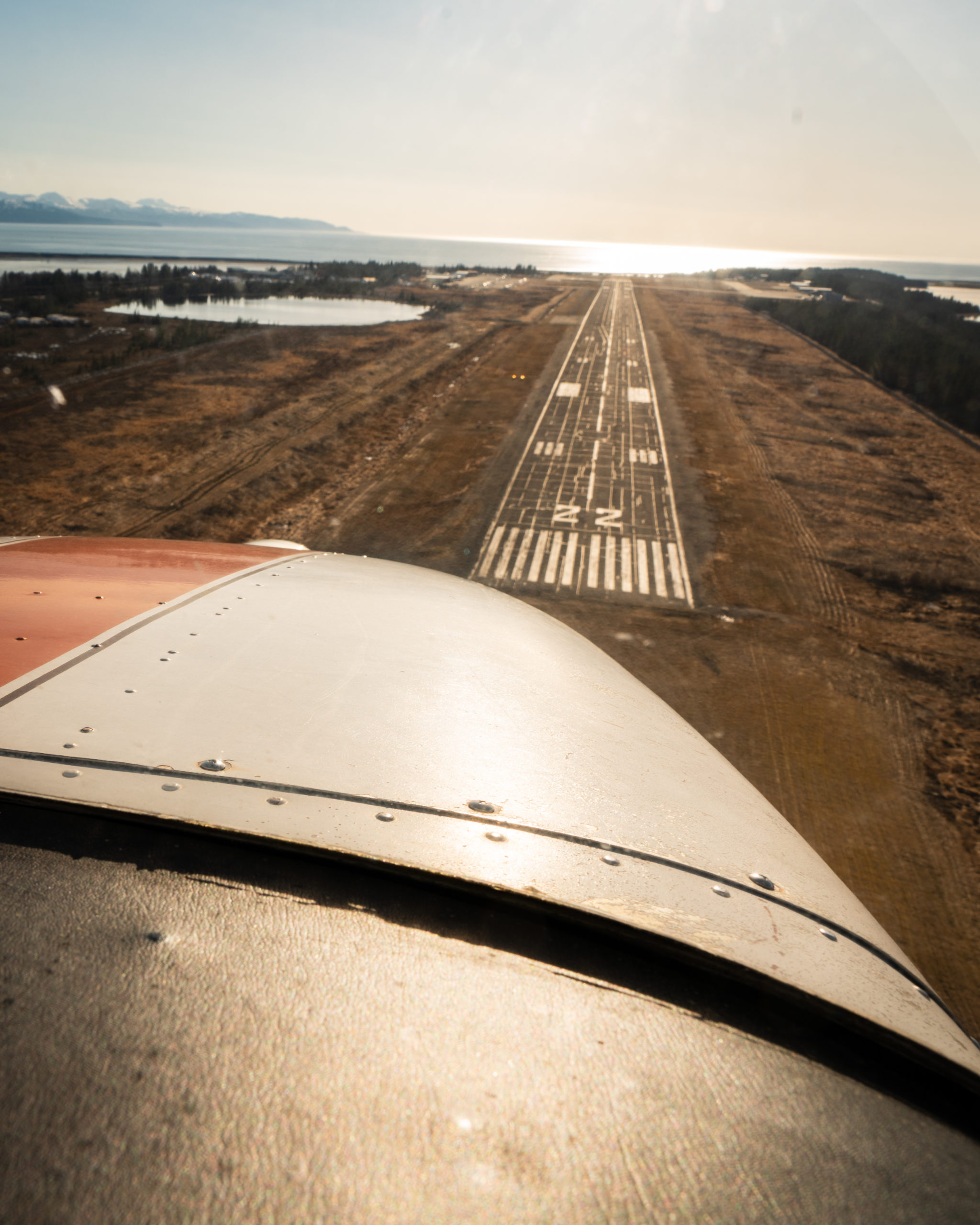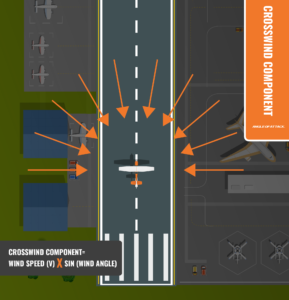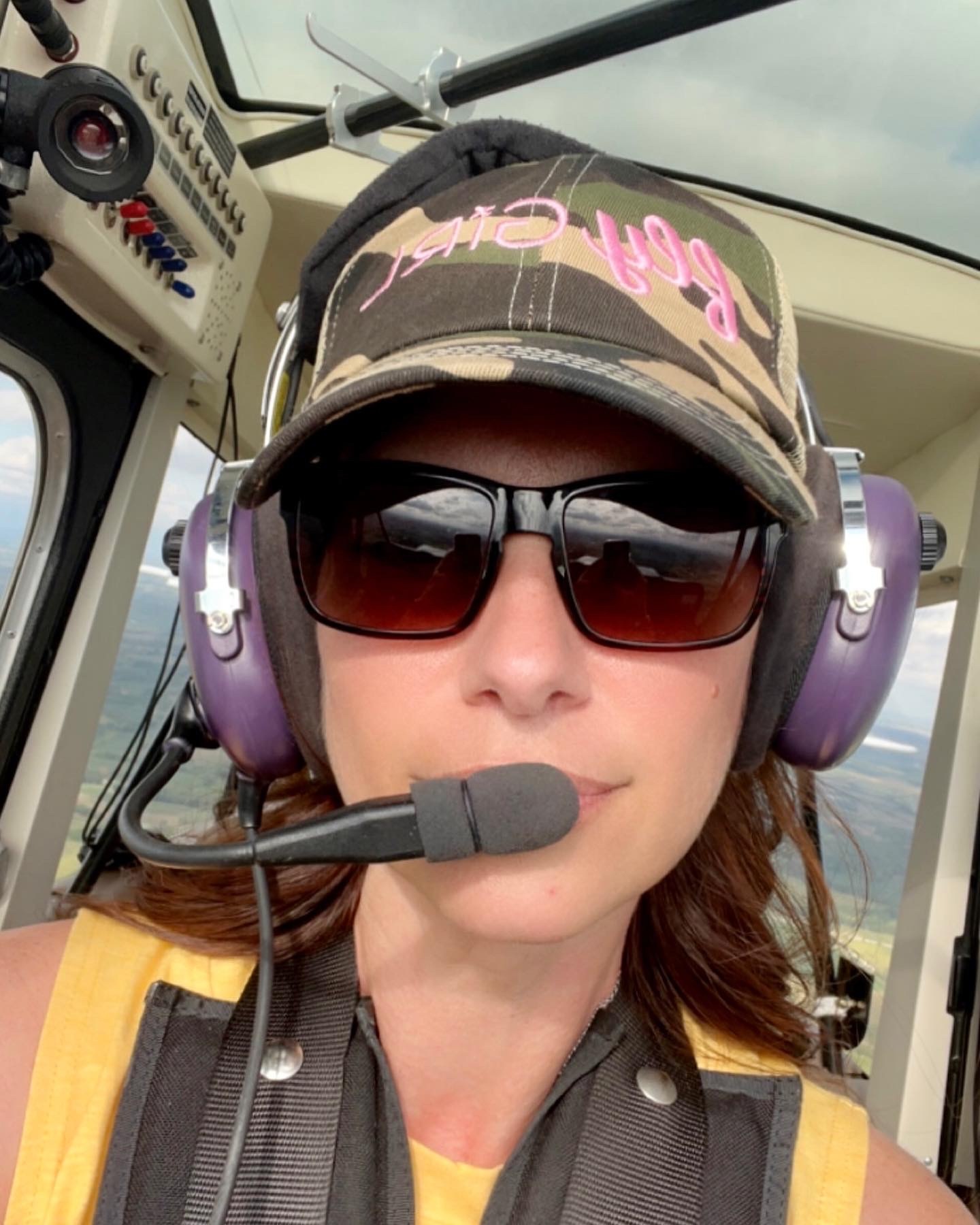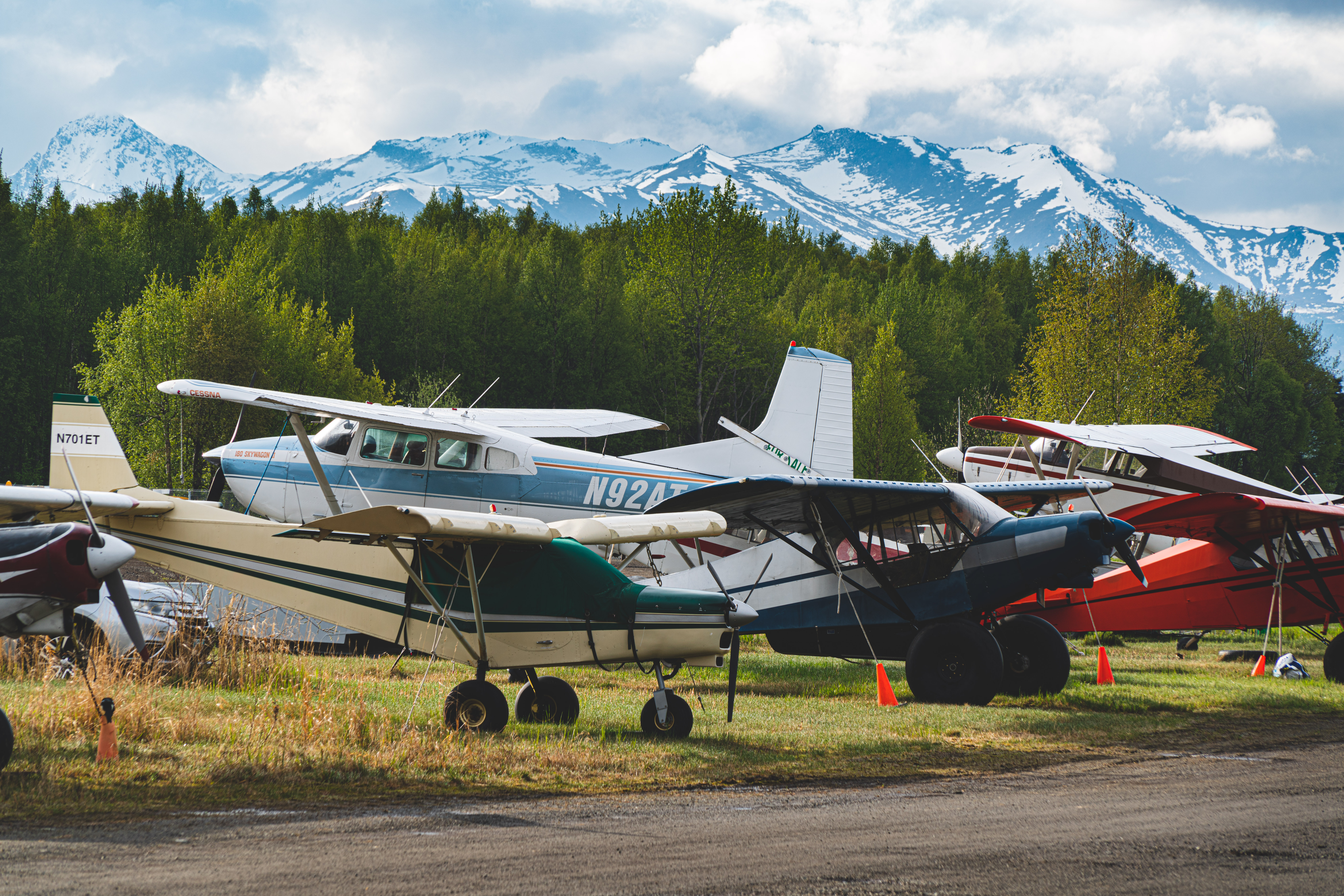
An aircraft’s ability to land and take off depends on how skilled its pilot is and the wind’s direction and speed. Also coming to the wind’s direction, if it moves perpendicular (i.e., it’s a crosswind) to the aircraft’s line of motion, it’s important to note. But what does “crosswind” actually mean? How to calculate this crosswind component? Read on to know the answer.
What Is A Crosswind?
 To properly understand crosswind, you must have a basic knowledge of Physics and Maths. Here’s what crosswind means.
To properly understand crosswind, you must have a basic knowledge of Physics and Maths. Here’s what crosswind means.
When the blowing wind is not directly/against or parallel to the line of travel of an object, then the object develops a crosswind component. Now, the force exerted by the wind can be resolved into two vectors:
- The component parallel to the direction of the motion that’s called a headwind or tailwind.
- The component perpendicular to the former that’s called a crosswind.
In other words, any wind having a perpendicular component to the line of travel is called crosswind, affecting the aircraft’s aerodynamics. Though the crosswind component affects the movement of many vehicles, it majorly impacts the aviation field.
What Is Demonstrated Crosswind?
There are different types of crosswind components, one among which is the demonstrated crosswind component. It’s the highest (altered to make it 90°) crosswind for a possible safe landing by a test pilot. Though finding out the demonstrated crosswind doesn’t require exceptional skills, not every pilot can excel. Check out the video below on crosswind landings.
How To Calculate A Crosswind Component?
Winds are unpredictable and can change the course of flying. With the crosswind component in the picture, any pilot must be prepared beforehand to tackle the effects of it, or else the chances are that crosswind can quickly put the aircraft out on the runway.
Thus, to be ready, it’s advised to calculate a crosswind component. But before that, you should know the direction of the wind, which is crucial. If you’re nearby the airport, you can easily find out the direction of the wind with the help of ATIS, ATC, and Windsock.
The formula to find out a crosswind component is: Crosswind Component= Wind Speed (V) x Sin (Wind Angle)
Here is what each term means.
- Wind speed: One of the essential factors to know is wind speed. However, it should be kept in mind that if the wind speed is as low as 5 knots or high up to 25 knots, both can quickly put you off the runaway if you’re not prepared for it.
- Sin (wind angle): It is calculated by taking the difference between the aircraft heading and the wind direction.
Always Know Your Aircraft Crosswind Limit
Another essential aspect that shouldn’t be left out is the crosswind limitation of an aircraft. This is priorly determined by a test pilot and is mentioned in the POH of the aircraft. This helps in deciding whether the crosswind component due to the wind is within an aircraft’s limits or not.
You can always use the above formula, aircraft graphs, CX2/CX3, or calculators. However, they’re not handy and, most of the time, not available on the plane itself! So, what’s the easiest route to find out the crosswind component? Your phone!
Yes, you heard it right. You can find many apps on the internet that will let you calculate crosswind components in seconds. ForeFlight is an excellent tool for calculating crosswind components.
Calculate The Crosswind Component using the “Clock Method”
Another method to calculate the crosswind component is the “clock method”. Below is the step-by-step guide to calculating crosswind components with the help of this clock method:
- Identify the wind speed and its direction.
- Note the heading. After this, find out the difference between the heading and the wind direction
- Once after getting the difference, round it off in the wind direction and make it to the nearest 15 degrees (taking to a maximum of 60). Thus, the results come in quarterly differences of 15°, 30, 45°, and 60°.
- The final step is to compare them to the clock’s minute hand.
- If the wind is 15° off, then consider the crosswind component as the quarter of the total strength of the current (like 15 minutes is a quarter of an hour in the clock system.)
- If the wind is 30° off, then consider the crosswind component as half of the total strength of the wind (like 30 minutes is half an hour.)
- If the wind is 45° off, then consider the crosswind component as three-quarters of the total strength of the wind (like 45 minutes is three-quarters of an hour.)
- If the wind is 60° off, then consider the crosswind component as a quarter of the total strength of the wind (like 60 minutes is a full hour.)
The crosswind component is the sine component of the wind, and sin 90° is one, and sin 0° is zero.
Why Is Crosswind Component Calculation Required In The First Place?
Here are the reasons why it’s important to find the crosswind component.
- It assists in aircraft navigation
- The component comes in handy as instrument guidance
- It tells the aircraft’s landing limits
- The crosswind component is vital for the crosswind landing technique
How Much Crosswind Is Too Much For Pilots?
The crosswind depends on the aircraft limit. However, if the wind is above 20 knots, it should be taken seriously, whereas if it comes to around 25 knots, then only experienced pilots should handle it.
Below are some crosswind components for various aircraft.
- Boeing 757/767: 40 knots
- Bombardier CRJ-200: 27 knots
- Cessna C208 Caravan: 20 knots
- Cirrus SR22T G6: 21 knots
- Malibu Mirage: 17 knots
- Cessna C172 Skyhawk: 15 knots
- CubCrafters CC11 Carbon Cub: 11 knots
So, here you go. To have a safe landing and avoid any hazards, it is always suggested that crosswind components should be calculated. As the seasons change, the wind changes too due to variable pressure, which can affect the landing.
In the worst case, it can quickly put the aircraft off the runway; hence you should be trained to handle the situation swiftly.

Karey grew up and obtained her in private pilot’s license in Central Iowa. She fell in love with tailwheel aircraft during her primary training and obtained a tailwheel endorsement the week following her private pilot checkride. She is eager to obtain her seaplane rating and is merging her passion for flying with her prior work career. Karey has a background in marketing, editing, and web design after graduating from Simpson College. When she is not flying or working, Karey enjoys anything related to technology and admits she can be a bit of a nerd. She also has discovered a love for virtually all outdoor pursuits, with a special fondness for climbing, shooting, and hiking.

Stay Connected
Be the very first to get notified when we publish new flying videos, free lessons, and special offers on our courses.





